The Indian Space Research Organization is India’s primary space agency. Headquartered in Bangalore, ISRO is directly overseen by the Prime Minister.
ISRO has made remarkable breakthroughs in space research.
Here is a little more about Launchers or Launch Vehicles used by ISRO.
Launchers or Launch Vehicles are used to carry spacecrafts to space. India has two operational launchers:
- Polar Satellite Launch Vehicle (PSLV), and
- Geosynchronous Satellite Launch Vehicle (GSLV).
ISRO’s launchers can be categorized as historic launchers, operational launchers, and future launchers.
Historic Launchers:
SLV
Satellite Launch Vehicle-3 was India’s first experimental satellite launch vehicle, which was an all solid, four stage vehicle weighing 17 tons with a height of 22m and capable of placing 40 kg class payloads in Low Earth Orbit.
SLV-3 employed an open loop guidance, with stored pitch programme, to steer the vehicle in flight along a pre-determined trajectory.
The successful culmination of the SLV-3 project showed the way to advanced launch vehicle projects such as the Augmented Satellite Launch Vehicle (ASLV), Polar Satellite Launch Vehicle (PSLV) and the Geosynchronous satellite Launch Vehicle (GSLV).
ASLV
The Augmented Satellite Launch Vehicle (ASLV) Programme was designed to augment the payload capacity to 150 kg, thrice that of SLV-3, for Low Earth Orbits (LEO). While building upon the experience gained from the SLV-3 missions, ASLV proved to be a low-cost intermediate vehicle to demonstrate and validate critical technologies, that would be needed for the future launch vehicles like strap-on technology, inertial navigation, bulbous heat shield, vertical integration and closed loop guidance.
Operational Launchers:
PSLV
Polar Satellite Launch Vehicle (PSLV) is the third generation launch vehicle of India. It is the first Indian launch vehicle to be equipped with liquid stages.
The vehicle successfully launched two spacecrafts – Chandrayaan-1 in 2008 and Mars Orbiter Spacecraft in 2013.
GSLV
Geosynchronous Satellite Launch Vehicle Mark II (GSLV Mk II) is the largest launch vehicle developed by India, which is currently in operation. This fourth generation launch vehicle is a three-stage vehicle with four liquid strap-ons. This indigenously developed Cryogenic Upper Stage (CUS), which is flight proven, forms the third stage of GSLV Mk II.
GSLV Mk III
GSLV Mk III, chosen to launch Chandrayaan-2 spacecraft, is a three-stage heavy lift launch vehicle developed by ISRO. The vehicle has two solid strap-ons, a core liquid booster and a cryogenic upper stage. GSLV Mk III is designed to carry 4-ton class of satellites into Geosynchronous Transfer Orbit (GTO) or about 10 tons to Low Earth Orbit (LEO), which is about twice the capability of the GSLV Mk II.
Sounding Rockets
Sounding rockets are one or two stage solid propellant rockets used for probing the upper atmospheric regions and for space research. They also serve as easily affordable platforms to test or prove prototypes of new components or subsystems intended for use in launch vehicles and satellites. With the establishment of the Thumba Equatorial Rocket Launching Station (TERLS) in 1963 at Thumba, a location close to the magnetic equator, there was a quantum jump in the scope for aeronomy and atmospheric sciences in India.
Sounding rockets made it possible to probe the atmosphere in-situ using rocket-borne instrumentation.
Future Launchers:
RLV-TD
Reusable Launch Vehicle – Technology Demonstrator (RLV-TD) is one of the most technologically challenging endeavours of ISRO towards developing essential technologies for a fully reusable launch vehicle to enable low-cost access to space.
The winged RLV-TD has been configured to act as a flying test bed to evaluate various technologies, namely, hypersonic flight, autonomous landing and powered cruise flight. In the future, this vehicle will be scaled up to become the first stage of India’s reusable two stage orbital launch vehicle.
Scramjet Engine-TD
The first experimental mission of the Scramjet Engine towards the realization of an Air Breathing Propulsion System was successfully conducted on August 28th, 2016.
With this flight, critical technologies such as ignition of air breathing engines at supersonic speed, holding the flame at supersonic speed, air intake mechanism and fuel injection systems have been successfully demonstrated.
ISRO’s Advanced Technology Vehicle (ATV), which is an advanced sounding rocket, was the solid rocket booster used for the test of Scramjet engines at supersonic conditions.
In this article, we have gone through the various launch vehicle of the Indian Space Research Organization, including historic, operational and future launchers.
Being the primary agency of Indian space research, general knowledge about the functioning of ISRO along with their missions is a very important topic to cover.
One can also get in-depth information from the official website of ISRO.
I hope this article was informative.
Keep reading SSBCrackExams blog posts for more such articles!
To crack the SSB interview, You can join our SSB interview live classes batch and we recommend you to Enroll SSB INTERVIEW ONLINE COURSE. Trusted by thousands of defence aspirants.
Also Read:
- 500+ ISRO Related GK Questions For All Defence Exams And SSB Interviews
- ISRO’s Chandrayaan-3 To Be Launched Into Space During The Third Quarter Of Next Year
- ISRO Successfully Conducts Third Vikas Engine Long Duration Hot Test For Gaganyaan Program
- 14 Inspiring Achievements Of ISRO
- Full List Of Indian Satellites, Launch Vehicles, Spacecrafts, And Dates [UPDATED]
- Full List Of 328 Foreign Satellites Launched By India [UPDATED]
- Top 7 Rockets Launchers By ISRO [Fully Explained]


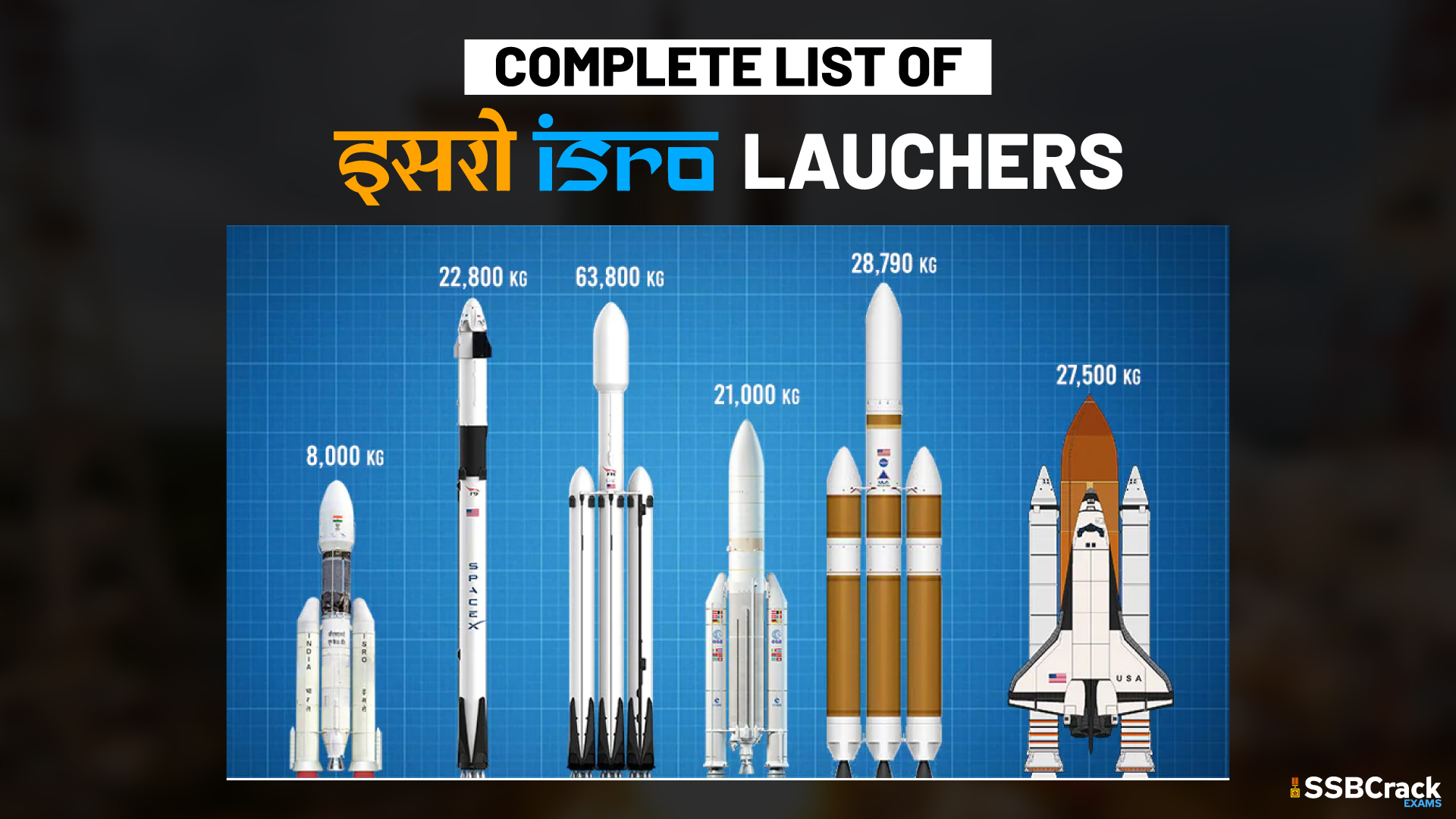


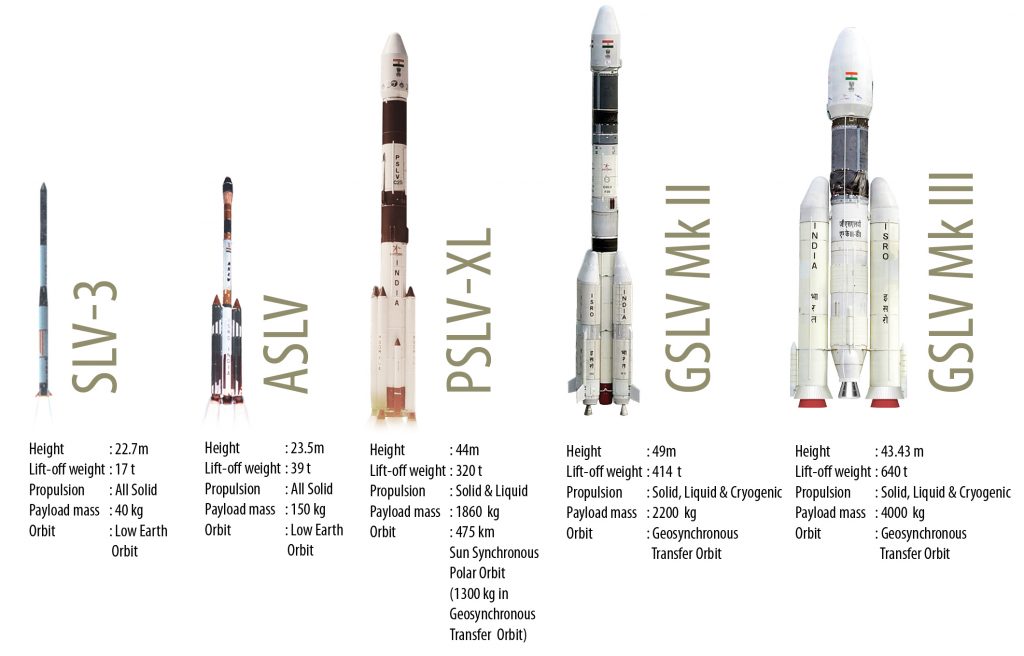







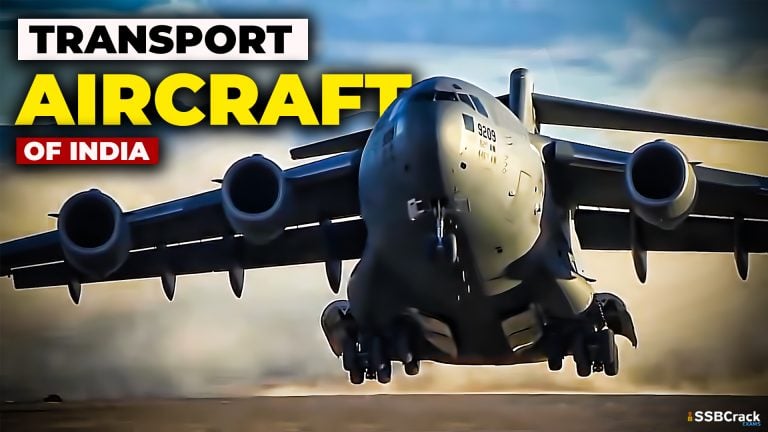
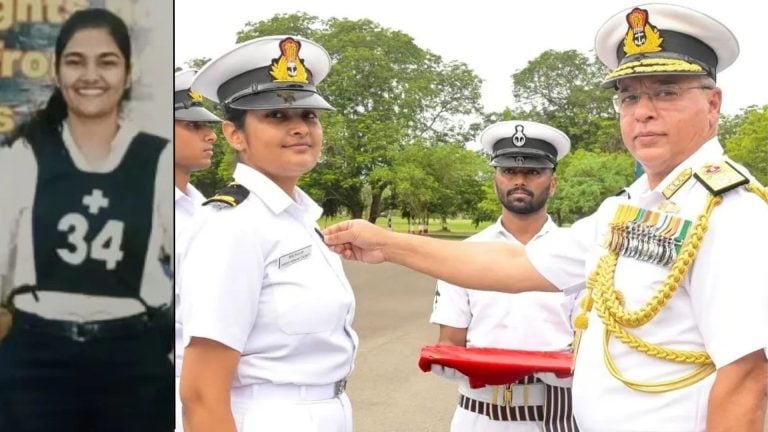


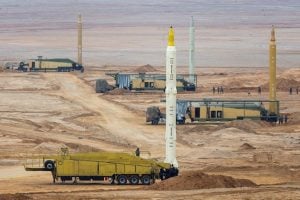


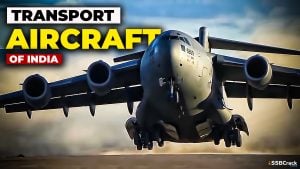






1 thought on “Complete List of ISRO Launchers [Must Watch]”
IAmGladTo know about defence information